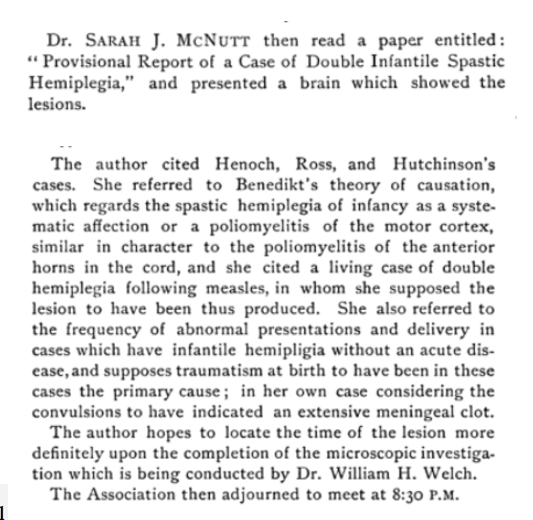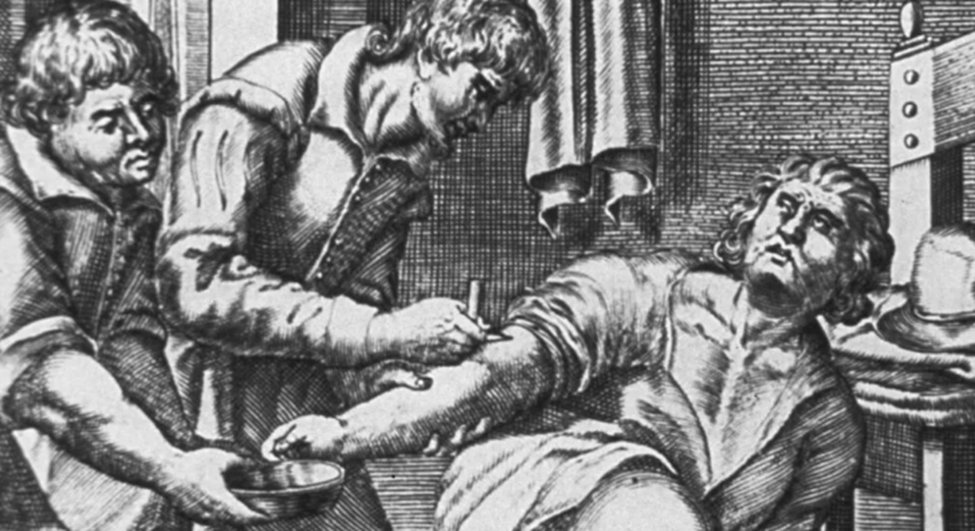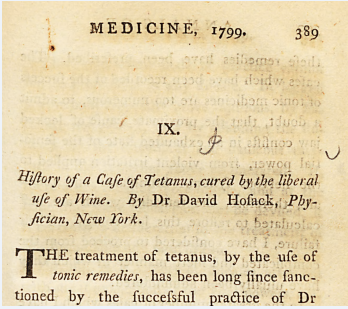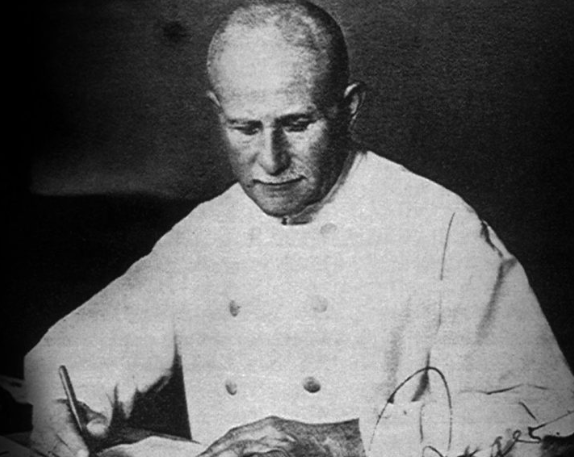
Let's meet the Luminaries from EndowedChairs.com, a card game created with @zach_london.
#NeuroTwitter #gamedev #histmed @somedocs
****************************************
Luminary #1: Sarah McNutt (1839-1930)
1/🪑
#NeuroTwitter #gamedev #histmed @somedocs
****************************************
Luminary #1: Sarah McNutt (1839-1930)
1/🪑

In 2002, Horn and Goetz published this excellent paper on McNutt - the 1st woman elected to the American Neurological Association (@TheNewANA1) - and her work with other early female physicians, including the Blackwells. n.neurology.org/content/59/1/1… 2/🪑 

McNutt came from a long line of female midwives and healers, including Sarah Weir, who worked on Nantucket, and Rachel Hussey, who delivered 2992 children (both called physicians here, but neither MDs) 3/🪑 



McNutt worked as a principal and a teacher before she attended the Women's Medical College of the New York Infirmary from Women and Children - an institution founded by Elizabeth and Emily Blackwell as a place to teach, employ, and take care of women 4/🪑 

(If you've seen my talk on historical women neurologists, you know I like to compare the picture of the Women's Medical College - a room of women, examining a male body - with this painting of Charcot teaching to a room of men at the Salpêtrière.) 5/🪑 

Elizabeth Blackwell was the 1st woman to get an MD in the US. In 1921, almost 10 yrs after her death, McNutt wrote a reminiscence on Blackwell: "one of the most vivacious women I had ever met," "charming in manner, likable and above all perfectly human." 6/🪑 

McNutt worked at the Women's Medical College: as an instructor in gynecology, then assistant in general surgery, then in the Children’s Department (11 years), and then in the Gynecological Department (19 years).
In her free time, she studied neuropathology. 7/🪑
In her free time, she studied neuropathology. 7/🪑

In 1884, she presented a paper at the 10th @TheNewANA1 meeting, on the neuropathology of a 2.5 yo girl with bilateral spastic hemiplegia after a difficult birth. 8/🪑 

@TheNewANA1 was created as a prestigious organization for no more than 50 of the top neurologists. McNutt's election was impressive. Charles K. Mills, president in 1886, reminisced later that she presented "one of the earliest contributions" to the study of cerebral palsy. 9/🪑 

Gowers' biographer Critchley wrote that he was not "a rabid misogynist" (phew) but felt McNutt's work was "by far the most valuable contribution to medical science that the profession has yet received from its members of her sex.” 10/🪑 

Osler - who coined the term cerebral palsy - cited McNutt's work in his book The Cerebral Palsies of Children. 11/🪑 

She continued to publish articles on neuropathology, but left @TheNewANA1 in 1902 "owing to the stress of a busy life and the inability to attend the meetings." The next female member would be neuropsychologist Lauretta Bender, more than 30 years later. 12/🪑 



Instead, she joined her physician sister Julia McNutt and other physicians Jeannie Smith, Isabella Satherthwaite and Isabella Banks to found the 1st pediatric hospital in NYC: the Babies' Hospital. 13/🪑 



McNutt never married, but lived with or near her sister Julia for most of her life.
What was she like? From her passport application in 1896, we can see that she was 5'2", grey-eyed and brown haired (slightly grey at 56), with a round chin and an average mouth. 14/🪑
What was she like? From her passport application in 1896, we can see that she was 5'2", grey-eyed and brown haired (slightly grey at 56), with a round chin and an average mouth. 14/🪑

This (weird) article from 1898 argues that city women look younger, prettier and healthier than country women, who eat a diet of "pastry and pickles." It describes McNutt as "charming," "interesting," and suggests that she is also attractive. 15/🪑 

She says in one article that she didn't experience much opposition from men as a female physician - but here she is in the 1912 @nytimes announcing that men are to blame for the problem with women these days (not having enough babies). 16/🪑 

I have never seen it explicitly stated that Sarah McNutt didn't have a brain tat on her bicep, or Queen Square hammer earrings. WHO KNOWS.
Read more about Dr. McNutt and 11 other exceptional women from the history of neurology at EndowedChairs.com! 🪑/🪑
Read more about Dr. McNutt and 11 other exceptional women from the history of neurology at EndowedChairs.com! 🪑/🪑

@threadreaderapp
please unroll
please unroll
• • •
Missing some Tweet in this thread? You can try to
force a refresh



















